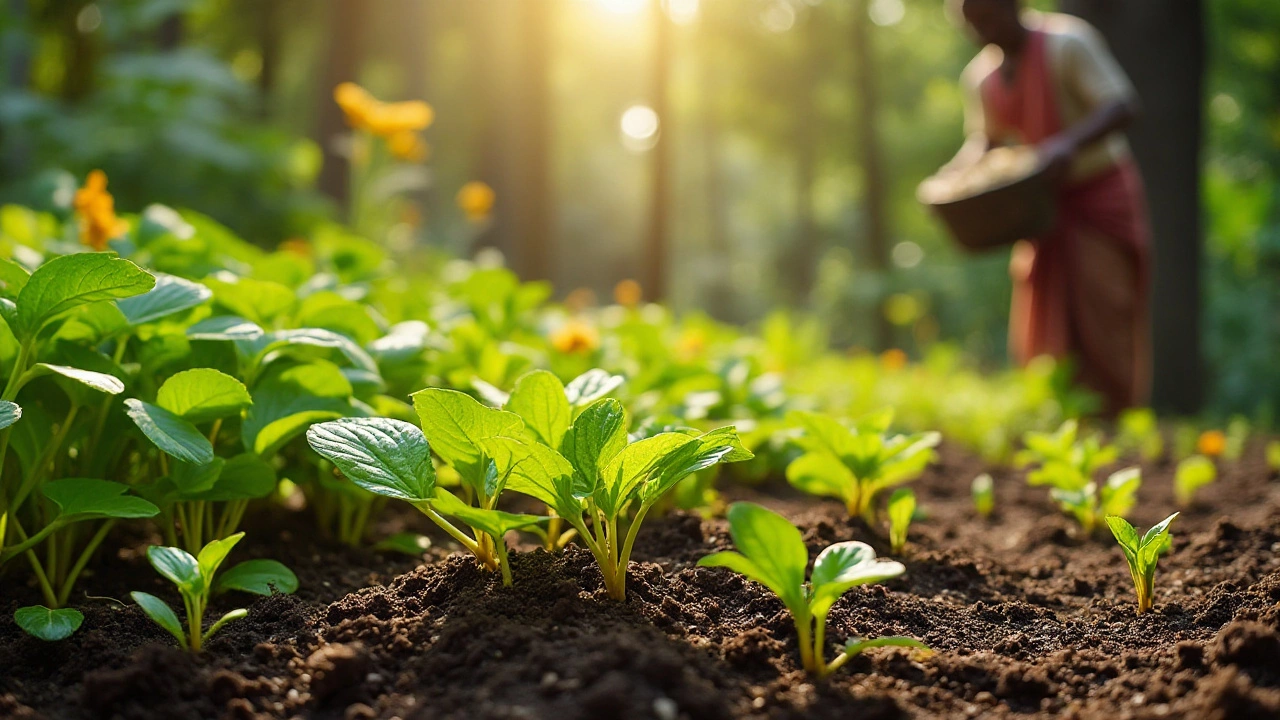Garden Beds: How to Build, Plant, and Keep Them Thriving
When working with garden beds, raised planting areas that improve soil control, drainage, and crop yields. Also known as raised beds, they let gardeners customize conditions for vegetables, herbs, and flowers. Garden beds are more than a trendy backyard feature—they’re a foundation for healthy plants, especially when you pair them with the right soil and watering strategies.
One of the first things to master is soil moisture, the amount of water held in the growing medium. Consistent moisture prevents stress, improves nutrient uptake, and reduces weeds. A simple finger test or a cheap moisture meter can tell you if your bed is too dry or soggy. When you keep the moisture level steady, you’ll notice faster sprouting and fewer sick plants—something every beginner loves.
Water Smart: Drip Irrigation and Mulch
To make moisture management easier, many gardeners adopt drip irrigation, a low‑pressure system that delivers water directly to the root zone. This method cuts water waste, limits leaf wetness (which reduces disease), and frees you from daily watering trips. Combined with a layer of organic mulch, drip lines stay protected and help lock in humidity, so the soil beneath the bed stays evenly moist for days.
Another practice gaining traction is no‑till gardening, a technique that avoids turning the soil to preserve structure and microbial life. In garden beds, no‑till means you’ll add compost on top and let earthworms and microbes do the mixing. The result is looser soil, better water infiltration, and a healthier root environment—all without the back‑breaking labor of traditional digging.
When you combine these ideas—accurate soil‑moisture monitoring, drip irrigation, mulch, and no‑till—you create a resilient system where garden beds encompass soil preparation, efficient watering, and sustainable cultivation. This synergy also requires careful selection of plant varieties that match your climate and bed depth, and benefits from regular, lightweight feeding to keep nutrients balanced. Below you’ll find a hand‑picked selection of articles that dive deeper into each of these topics, offering step‑by‑step guides, troubleshooting tips, and real‑world examples to help you get the most out of your garden beds.
Guide to Restoring and Improving Soil in Garden Beds
Restoring soil in a garden bed to its optimal condition can usher in vibrant growth and flourishing plants. There are several strategies to help rejuvenate tired soil, from improving its nutritional content to enhancing its structure. With practical techniques such as adding organic matter, practicing crop rotation, and ensuring proper drainage, gardeners can revitalize their plots. Cultivating healthy soil involves understanding the symbiotic roles of microorganisms and plant life. This article delves into actionable steps and insights to rejuvenate your garden soil.
- manufacturing
- India
- food processing
- garden tips
- rice cultivation
- government schemes
- balcony garden
- urban gardening
- balcony gardening
- profitable business
- business ideas
- plastic manufacturing
- drip irrigation
- plant care
- steel manufacturing
- sustainable gardening
- startup ideas
- steel industry
- flower gardening
- textile manufacturers






